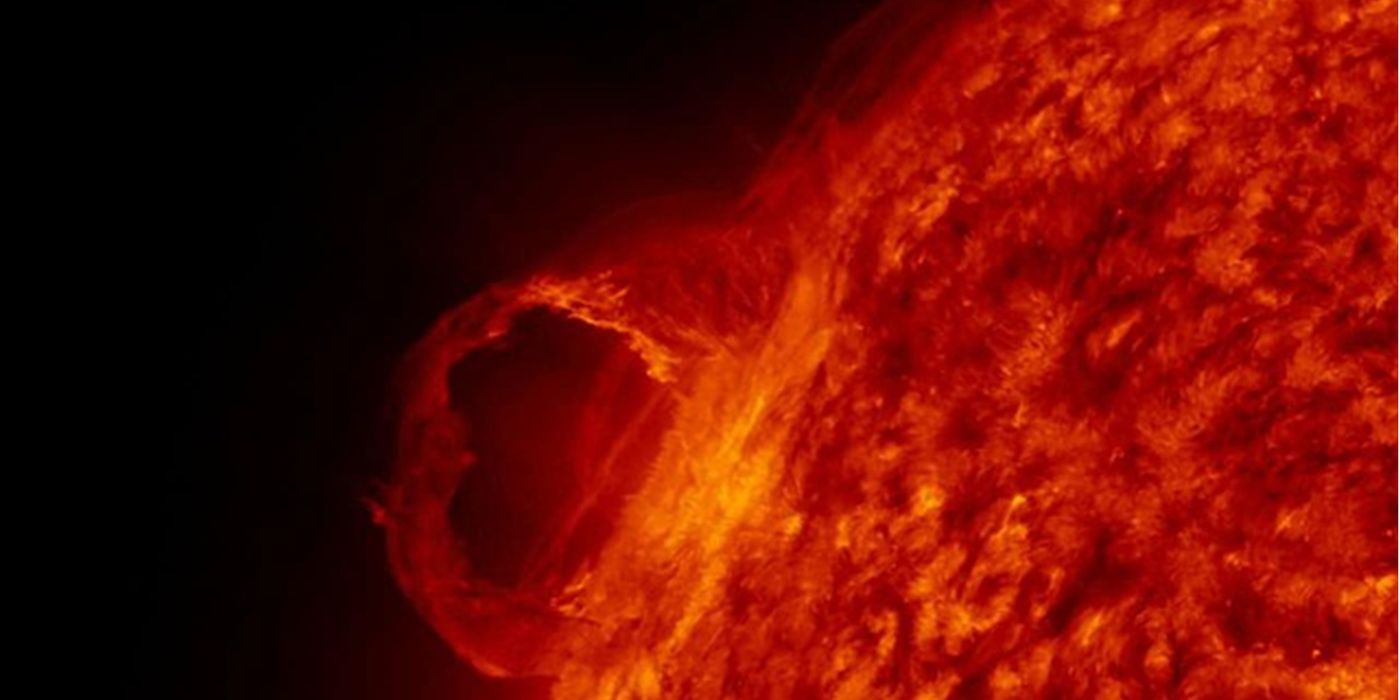Why Does a Solar Cycle Last for 11 Years? Scientists Might Have Found the Answer
About every 11 years the Sun undergoes a solar cycle, also known as the solar magnetic activity cycle. Since its first discovery in the mid-19th-century, astronomers have had no idea why it happens at this frequency.
A small team of German astrophysicists from Helmholtz Association of German Research Centres recently reported that they have potentially found the answer, thanks to their model of planetary tidal force of three planets in our solar system.
We are currently close to the end of Solar Cycle 24 since the initial account of such astronomical phenomenon in 1843 by German astronomer Samuel Schwabe, after his 17-year observation of sunspots.
The behavior of the Sun, including the number and size of sunspots, and the occurrence of solar flares, changes following a distinct pattern within a solar cycle. It is critical to understand the nature of such a periodic phenomenon because it can cause significant damages to our current electronics-driven society.
The corona, an aura of plasma that surrounds the Sun, can lose structural integrity when it is close to solar maxima (the most intensely active window in a solar cycle) due to the fluctuation of the solar magnetic field. This results in coronal mass ejections (CME), a release of coronal plasma and the magnetic energy it carries into interplanetary space. The interaction between CME and Earth's upper atmosphere disrupts our "space weather". The 1859 geoagnetic storm caused by strong solar flares, often referred to as the Carrington Event, disabled the telegraph network in the U.S. and caused electrical fires.
Using their computer model, the German team discovered a strong positive correlation between the number of solar spots, and the alignment of positions of Venus, Earth, and Jupiter. Their data suggest that the planetary tidal effect is likely among the mechanisms that cause solar cycles.
Granted the mass of the trio planets is nowhere close to that of the Sun, therefore they are not capable of affecting the star's gravitational field as a whole. However, the collective tidal effect during their alignment can be strong enough to create turmoil in the solar corona, via the Rayleigh–Taylor instability (R-T instability, referring to the unsteadiness in an interface between two fluids of different densities).
The authors hope that their results, as a follow-up from two of the previous studies, are convincing enough so that more astrophysicists can join in and conduct their own advanced simulations. With validations from other groups, we are much closer to figure out what causes the solar cycle.
This latest research was published in the journal Solar Physics.
We May Have Solved the Mystery of 11-Year Long Solar Cycle (Anton Petrov)
Source: Anton Petrov via Youtube










